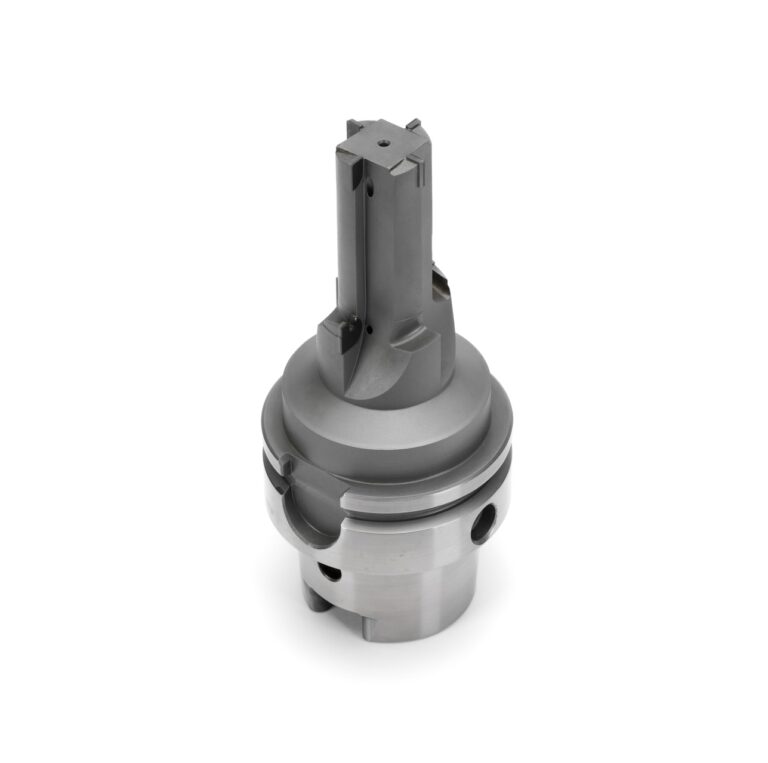Tools wearing out every 200-500 parts, constant machine downtime, unsatisfactory surface finishes on aluminum and brass. If you recognize these problems, Polycrystalline Diamond (PCD) could be the breakthrough you’re looking for.
The Problem Everyone Knows
Machining high-silicon aluminum alloys, lead-free brass, or CFRP composites with traditional tools often means:
- Frequent tool changes (every 200-1000 parts)
- Limited cutting speeds to preserve the tool
- Surface roughness requiring rework
- Hidden costs from machine downtime and labor
The Solution: PCD Tools
Polycrystalline Diamond Compact combines diamond hardness (6000-7000 HV10) with the robustness of a tungsten carbide substrate.
The Game-Changing Numbers:
- Hardness: 4× higher than carbide (6000 vs 1500 HV10)
- Thermal conductivity: 8× better (700 vs 90 W/mK)
- Friction on aluminum: 75% lower (0.05 vs 0.20)
Real Results on Critical Materials
| Material | Carbide Speed | PCD Speed | Tool Life | Roughness Ra |
| Al-Si 14% | 350-450 m/min | 1800-2100 m/min | ×10-25 | 0.1-0.3 µm |
| Brass CuZn21Si3P | 400-500 m/min | 1200-1800 m/min | ×15-20 | 0.12-0.18 µm |
| CFRP 60% fiber | — | 250-400 m/min | ×8-12 | 0.2 µm |
Sources: Kennametal 2022, Amaral et al. 2018, ZYsuperhard 2023
Optimal Operating Parameters
Aluminum-Silicon Milling
- Speed: 1500-2000 m/min
- Feed: 0.10-0.15 mm/tooth
- Depth: ≤ 0.8 × diameter
- Notes: Lubricant optional
Lead-Free Brass Turning
- Speed: 1000-1400 m/min
- Feed: 0.15-0.25 mm/tooth
- Notes: Dry machining recommended
CFRP Drilling
- Speed: 250-350 m/min
- Feed: 0.08-0.12 mm/tooth
- Depth: ≤ 3 × diameter
- Notes: Exit backing plate mandatory
When NOT to Use PCD
Watch these limitations:
- Never on steels (carbon-iron diffusion above 700°C)
- Avoid interrupted cuts (reduced toughness: 3-5 MPa√m)
- Low-rigidity machines won’t exploit high speeds
- Very small diameters where maximum toughness is needed
- Thermal shocks require gradual increase
FAQ – Frequently Asked Questions
Q: Does PCD work on pure aluminum? A: Yes, but major benefits show on high-silicon alloys (>8%) where carbide suffers more.
Q: Can I use the same parameters as carbide? A: No, PCD requires much higher speeds. Start gradually and increase to optimal parameters.
Q: How long does a PCD tool last? A: On Al-Si typically 10-25× longer than carbide, but depends on specific application.
Conclusions
PCD isn’t the universal solution, but on high-silicon aluminum alloys, lead-free brass, and composites it offers decisive advantages:
- Tripled speeds
- Tool life 10-25× higher
- Excellent surface finishes

